Common Solenoid Modifications
While Magnet-Schultz of America has a comprehensive range of reference solenoid products, the greatest value we have to offer our customers are modified or entirely custom solenoids and actuators. Many engineers or purchasing agents contact us knowing what type of function and performance they need in a solenoid but they may not be aware of what changes we will make to the unit to accomplish their request. This is fine! We are always happy to work alongside our customers to develop a good working knowledge of electromagnetics that helps them understand the solution we are developing for them and how we can add value beyond what is found in standard solenoid offerings. Still, not every possible feature may be discussed if it doesn’t fit that customer’s application. That is why we decided to use this blog to list the most commonly requested modifications, so that everyone who wants to know more about the range of possibilities has a place to start.
Spring Return
A solenoid without a spring return needs the plunger to be returned to the starting position of the stroke by either gravity or some mechanism in the larger application. A spring can be added to make the plunger return to the starting position of the stroke on its own. The spring is usually added around the exposed end of the plunger. A groove is machined in the plunger and an e-ring is placed into the groove. This gives the spring a surface to act upon. Depending on the needs of the application, springs can also be internally integrated.
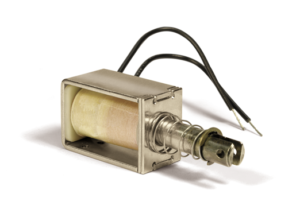
Coil Winding
The gauge and number of turns of copper wire that are used in the coil of the solenoid determine the appropriate voltage and duty cycle. An overbuilt coil will create magnetic inefficiencies and waste power (and money), while an underbuilt coil may create heat and lifecycle issues. If the customer needs a non-standard voltage, we are able to create custom windings to best suit their application.
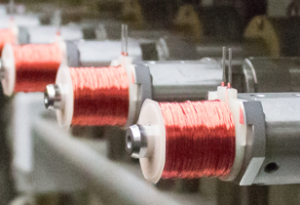
Retained Plunger
Applications that don’t limit the stroke of the solenoid run into a common problem…the plunger falls out. Many manufacturers, including MSA, do not include a retained plunger feature in standard designs. This is because retaining a plunger without knowing the user’s end stroke length will only limit their options. If the exact stroke length is known, the plunger can be retained by adding a pushrod with a groove and e-ring at a distance that limits plunger travel to the correct stroke length.

Connector Type
Lead wires or spade terminals are industry standards, but the range of connector possibilities is wide. Connectors can be integrated directly into solenoid frame overmolding, or added to the end of lead wires. Having MSA integrate your preferred connector can make installation easier and eliminate soldering or adaptors.

Plunger Shape
Changes to the end of the plungers are common in order to make it easier to integrate the solenoid into a larger application. MSA reference products generally have clevice ends for pull units and blank ends for push units. Custom plunger ends can be cleviced, threaded, tapped, blank, or any other configuration that may be necessary. The internal end of the plunger can also be machined using different shape profiles that influence the stroke characteristics. The differences between different shape profiles are discussed in the MSA blog Solenoid 101.
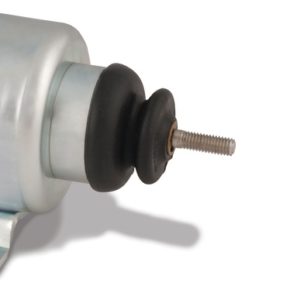
Over Molding and Encapsulation
Solenoids that will be exposed to water, oil, or other tough environmental conditions can either have the solenoid coil encapsulated or the full unit overmolded depending on the necessary ingression protection. Connector type can also influence the solenoid’s ability to weather the elements.
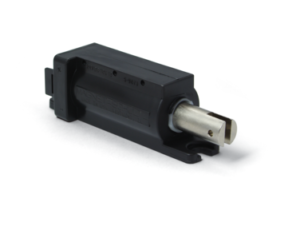
Latching
Latching at one or both ends of the solenoid stroke is possible. Latching is accomplished by integrating a permanent magnet at the end of the unit where the plunger should latch. The electromagnetic flux of the solenoid coil can be used to neutralize the pull of the permanent magnet and unlatch the plunger. More detail on the design of these products can be found in the MSA blog about Latching Solenoids.
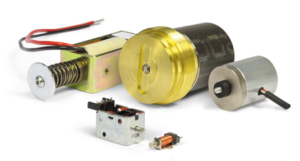
Bi-Directional Operation
This can be accomplished by using two coils to influence the same plunger. The plunger is positioned so that each coil pulls the plunger away from a centerpoint when powered. A “pushrod” plunger extension passes through the stop of one of the coils to transfer this kinetic energy to the larger application, although this “pushrod” will both pull and push. The addition of a second coil increases the cost and size of the unit considerably, but in applications where a spring return is not enough, a bi-directional solenoid can be a unique and fitting solution.

Magnet-Schultz of America specializes in the custom engineering and manufacturing of solenoids, solenoid valves, electromagnets, voice coils, hydraulic tubes and coils, and locking devices. If you have any questions related to sourcing or manufacturing, please contact us. We will be happy to assist in the development of your application. Browse past blogs for a more in-depth look at solenoid functions and subscribe for notifications about future posts!




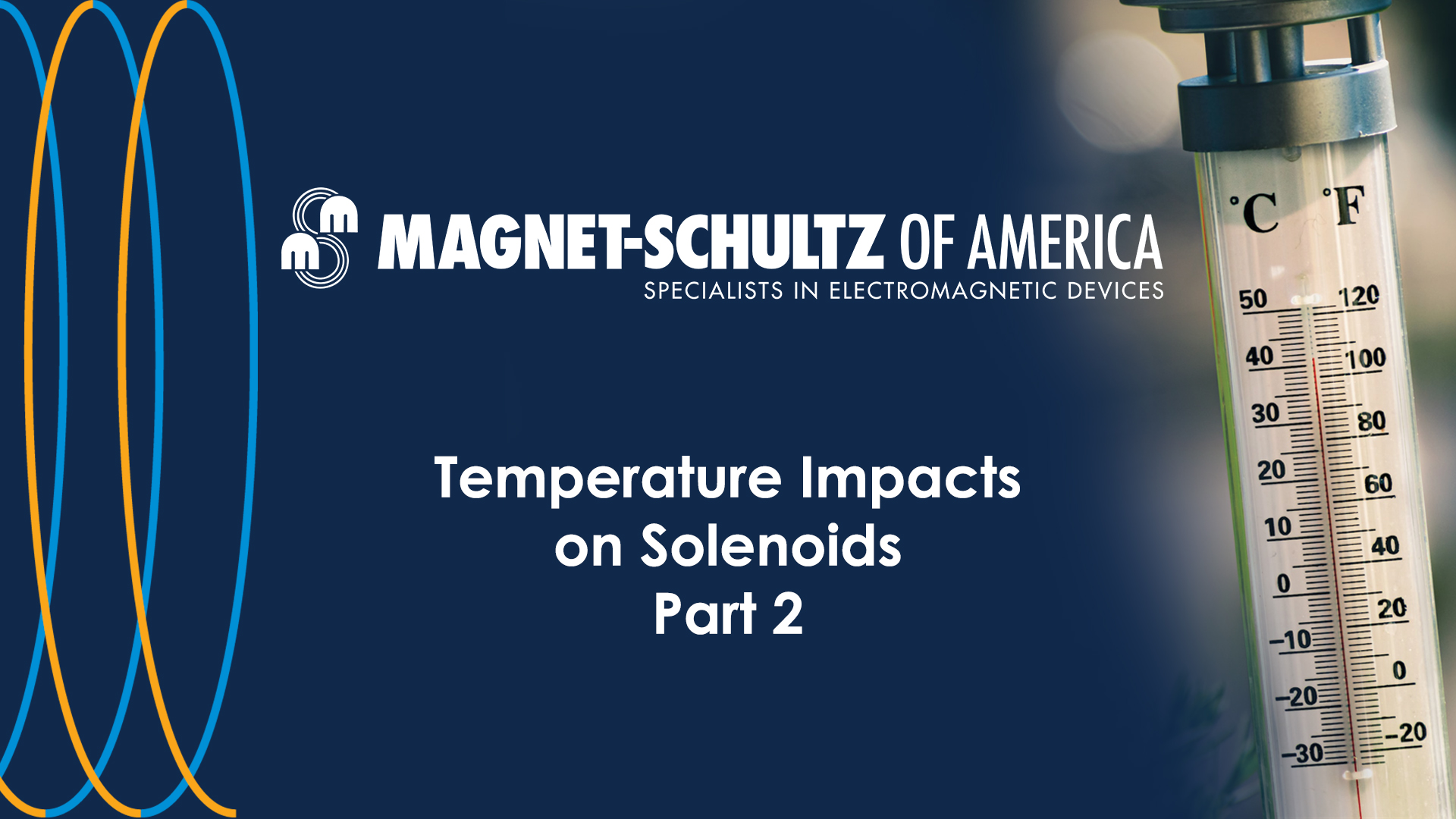


Leave A Comment